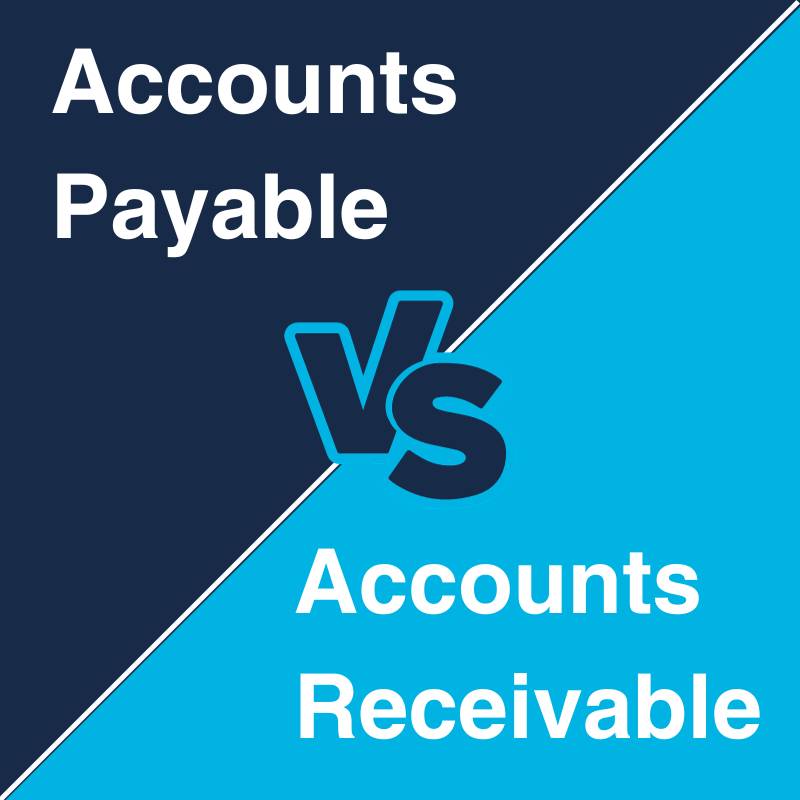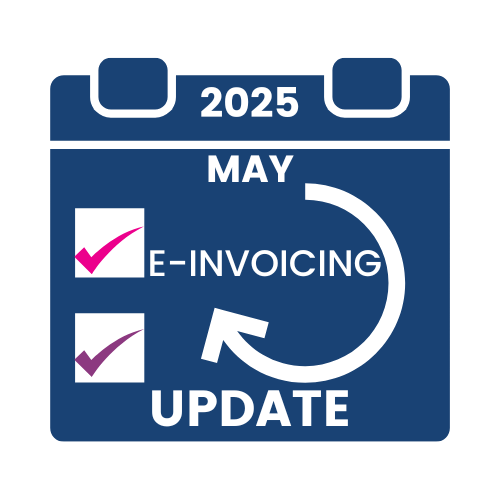Understanding the Differences between Accounts Payable and Receivable
Financial management is a critical aspect of running any business efficiently. Two fundamental components of this financial realm are accounts payable and accounts receivable. These terms might sound similar, but they play distinctly opposite roles in a company’s financial operations. In this blog, we will delve into the basics of accounts receivable vs payable, highlighting their differences and importance.
What is Accounts Payable?
Accounts payable (AP) is a liability account in a company’s financial records. It represents the money a business owes to its suppliers, vendors, or creditors for goods and services received but not yet paid for.
What is Accounts Receivable?
Accounts receivable (AR) is an asset account that represents the money owed to a company by its customers or clients for goods or services that have been provided.
What is the difference between AP and AR?
The key difference between accounts receivable vs payable represent money owed by the company to others, as opposed to money owed to the company by its customers.
What are the benefits of having a good AP and AR system in place?
Having a good Accounts Payable (AP) and Accounts Receivable (AR) system in place is essential for the financial health and efficiency of a business. These two functions are crucial components of a company’s financial management and can significantly impact its cash flow, profitability, and overall operations. Here are some of the key benefits of having a well-managed AP and AR system.
Key benefits of a good Accounts Payable system
Cost Control
A well-organised AP system helps in tracking and managing business expenses. It means late payments and subsequent penalties are avoided and businesses can take advantage of early payment discounts, thereby reducing overall costs.
Cash Flow Management
Efficient AP processes ensure cash flow and the approval process is optimised. This enables better liquidity and helps the company meet its financial obligations.
Supplier Relationships
Timely payments and transparent communication builds strong relationships, potentially leading to early payment discounts and improved supplier relationships.
Reduced Errors
AP Automation of AP process reduce errors and duplicate payments, saving time and resources.
Compliance and Reporting
Proper AP management ensures compliance with tax laws, accounting standards, and regulatory requirements. It also simplifies financial reporting and audit processes and reduces the risk of fraud.
Key benefits of a good Accounts Receivable system
Improved Cash Flow
An efficient AR system accelerates the collection of outstanding invoices, ensuring a steady stream of cash for the business.
Reduced Bad Debt
By monitoring and managing customer credit and collecting payments promptly, bad debt is minimised and providing an increase in the overall profitability of the business.
Customer Relationships
A well-managed AR system maintains positive customer relationships through clear invoicing, reminders, and efficient dispute resolution processes.
Cost Savings
AR automation reduces manual tasks removing the need for costly debt collection agencies.
Financial Planning
Access to real-time AR data helps in making more accurate financial forecasts and decisions.
Risk Mitigation
Effective AR management helps identify potential credit risks and allows credit limits and terms to be set accordingly, reducing the risk of defaulting customers.
Compliance
Ensuring compliance with billing and invoicing regulations is crucial to avoid legal and financial issues.
Ways to handle accounts payable and receivable
Documation has a solutions for automation on its Enable platform encompassing Business Process Management, Content Management, E-invoicing and Robotic Process Automation, harnessing robots and humans together to streamline and automate business processes.
Delivered in the Cloud or On-Premise our Enable platform provides solutions which connect people, information and processes to provide the speed, control and visibility needed to drive business forward. Our solutions enable the following…
Data Capture
Intelligent capture has embedded Ai and Machine Learning to ensure a high capture rate of data. 80% of data and documents are captured on first pass with this increasing with the product auto learning and Ai features.
Workflow
Our workflow is designed for touchless processing, and it an invoice is matched two or three way, according to business rules, it can be posted to the finance system for payment within minutes of arriving in the business inbox, with out being touched by the finance team. Where exceptions occur the invoice is routed to the relevant area of the business to provide the information required and then put back into the workflow for processing.
Visibility
Documents and data can be seen at every stage of their journey through the process. The journey is auditable, and the document and data stored securely for retrieval at any time.
Reporting
Built in real time reporting with Power BI means excel spreadsheets and copying and pasting data is a thing of the past. Pre built reports provide KPIs on processes, bottle necks and Government mandated reporting too. Custom reporting is also available with the use of the Power BI module.
For more information on Documation’s automation solutions click here.





